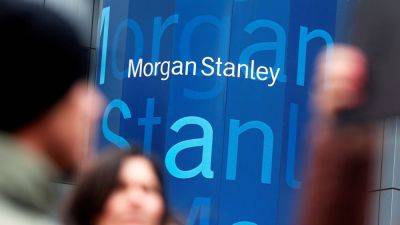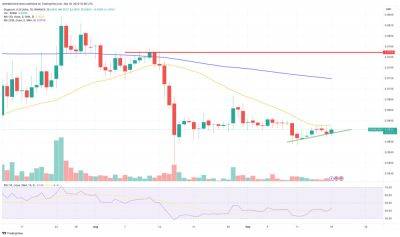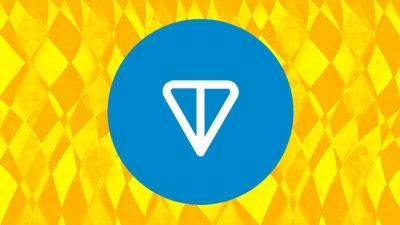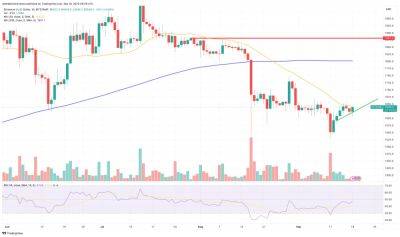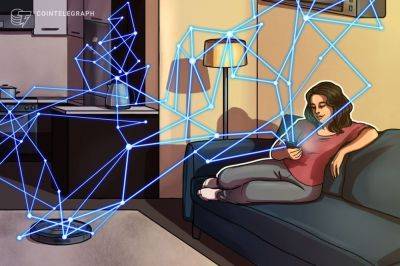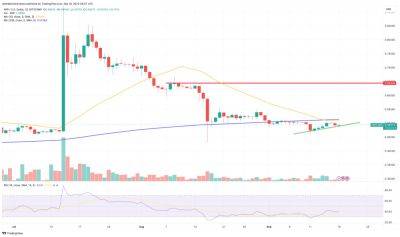Op-Ed: Less affordable homes don't just ruin American dreams, they're a threat to the economy
Being able to buy a home keeps getting harder.
The National Association of Realtors said earlier this month that its housing affordability index fell during the second quarter to its lowest level on record. The reading came in at 92.7 compared with 101.8 in the first quarter. It's also well below a 180.4 level reached in 2021.
A reading of 100 signals that families earning the median income have the amount of money needed to buy a median-priced home. A reading below points to insufficient median family income to buy a home. The data goes back to 1986.
Incredibly, housing is now less affordable than it was prior to the Great Financial Crisis — when a complete breakdown in lending standards led to a frenzy of speculation that ended in a 33% peak-to-trough decline in housing prices (based on the S&P Case-Shiller 20-City home price index) from July 2006 to April 2009.
Should this make us nervous?
The decline in housing affordability has obviously been highly influenced by the huge increase in mortgage rates, which are now around 7.2%, according to data from Freddie Mac. That's compared to an average of 4% from the end of the Great Recession in 2009 until the end of 2021.
In fact, current mortgage rates are nearly triple the level they were at the end of 2020 and beginning of 2021 — when they bottomed out at around 2.7%. Not coincidentally, the first quarter of 2021 turned out to the be peak in housing affordability.
Since then, housing prices are up 28% despite the massive increase in interest rates. Median household income, which is currently growing at roughly the pre-Covid rate, has not grown nearly fast enough to offset the spike in mortgage rates and the increase in housing prices. The consequence has been the
Read more on cnbc.com

